Table of Contents (click to expand)
Spatial intelligence is the ability to visualize a space and imagine it from different angles, noting facets and fine details, as well as recognizing visual scenes without the presence of the physical stimulus.
We are visual creatures. Most of the day-to-day impressions we make come through our vision, making us heavily reliant on our sight. This is evidenced in the structure of our brain, as it gives more space for processing our visual stimulus than every other sense combined.
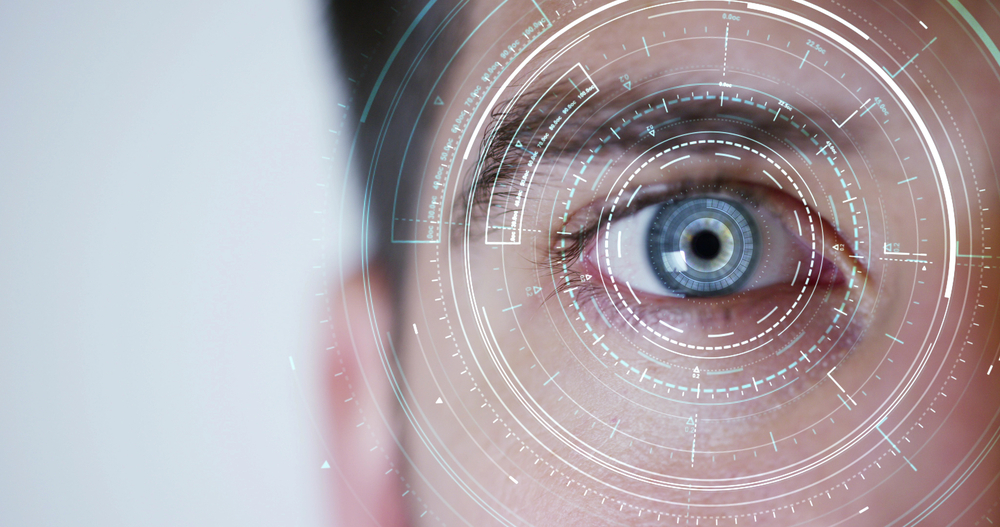
Vision is the primary way we understand, map and manipulate our environment. Although this seeing happens with our open eyes, we also have the ability to visualize things in our head, through our “mind’s eye”.
This ability to judge space and visualize its different angles, shapes and fine details, along with recognizing and remembering complete visual scenes, is called Spatial Intelligence. It represents our awareness of what is going around us and our tendency to organize ourselves spatially. It’s one of the areas in the theory of multiple intelligences, developed by Howard Gardner, so let’s start by having a look at that.
The Theory Of Multiple Intelligences
American Psychologist Howard Gardner first presented the idea of multiple intelligences in his 1983 book Frames of Mind. He claimed that humans don’t possess just a single or general intelligence, but instead have a set of relatively autonomous intelligence areas. A more nuanced appreciation of the human cognition occurs when dimensions of intelligence, such as linguistic, musical, logical-mathematical, spatial, bodily-kinesthetic and interpersonal are all taken into account.
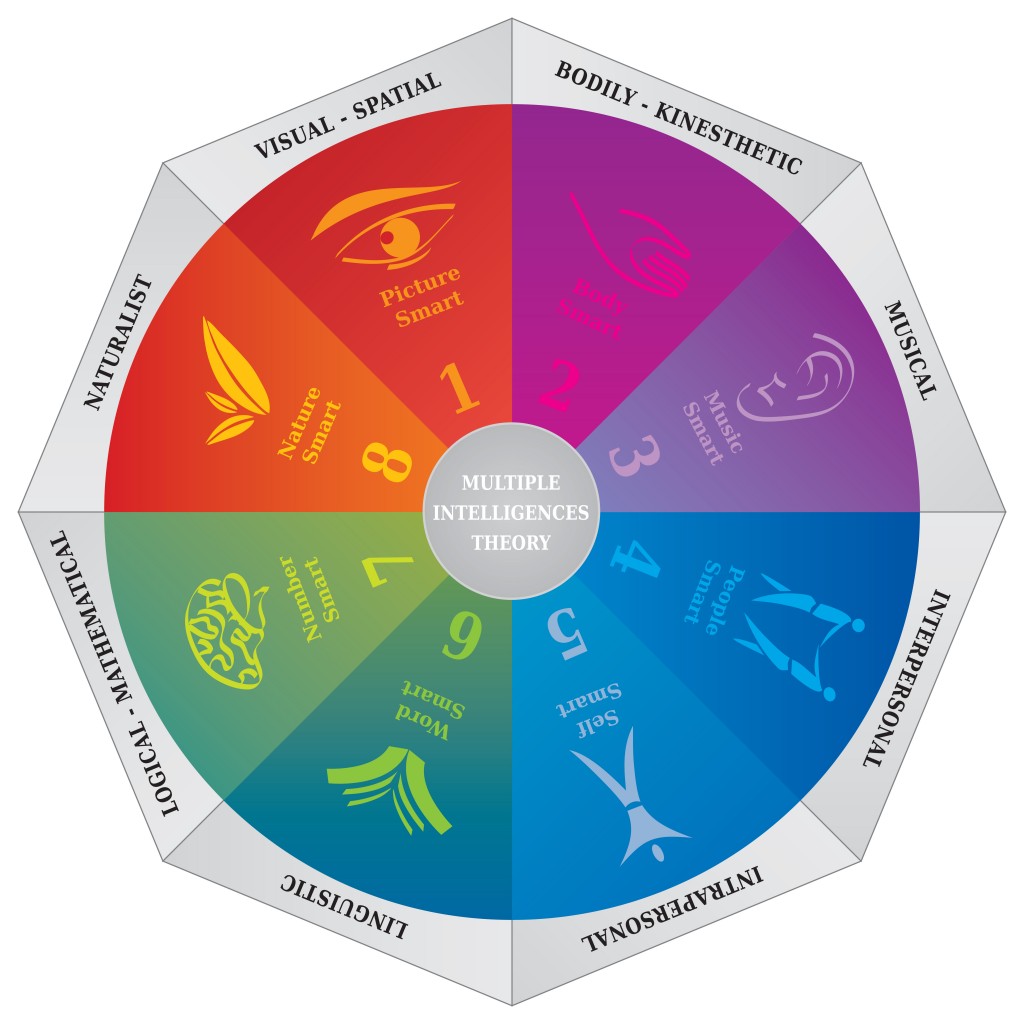
In other words, when compared to computers, we aren’t general-purpose computers, but rather a set of discrete computers forming multiple intelligences.
The theory proposed three distinct uses of the term “intelligence”:
- A property exhibited by all human beings (all of us possess the 8-9 intelligence areas outlined in the theory)
- A dimension on which there is a difference between human beings (the exact same profile of intelligence between two people does not occur)
- How one carries out a task in order to fulfill their objective (one may have the ability to play a piece musically, but may lack the ability to interpret it correctly)
Gardner outlines the various types of intelligence as follow:
- Musical Intelligence: The ability to be sensitive to sounds, tone, pitch, rhythm, meter, melody, timbre, etc.
- Linguistic Intelligence: The ability to have a way with words, languages, and be good at reading, writing, memorizing words and telling stories.
- Logical-Mathematical Intelligence: The ability in the areas of logic, reasoning, numbers, abstractions and critical thinking.
- Spatial Intelligence: The ability to visualize space through the mind’s eye.
- Bodily-Kinesthetic Intelligence: The ability of bodily dexterity and control of the movements of one’s own body.
- Interpersonal Intelligence: The ability to recognize one’s own feelings and those of others, while displaying the facility to label feelings appropriately, showing higher emotional intelligence.
- Intrapersonal Intelligence: The ability to be introspective and self-reflective.
- Naturalistic Intelligence: The ability to discern the natural world, identify flora and fauna, and navigate through it.
Also Read: What Is The IQ Scale Range?
Spatial Intelligence
The perception of vision is central to spatial intelligence. This ability to perceive the world accurately through our vision is essential as we transform and modify our immediate environment, as per our initial perception, and are also able to re-create parts of our visual experience even when that physical stimulus is absent.
However, this isn’t the sole criterion that determines the abilities of spatial intelligence. A person can have an acute sense of visual perception, but lack the abilities to imagine, draw or transform that same perception in the absence of the stimuli. Spatial Intelligence then becomes an amalgamation of different abilities.
A person with several of the abilities mentioned above has a high chance of achieving success in the spatial domain. Spatial intelligence is considered a part of general intelligence, so increasing one’s spatial ability will increase overall intelligence. These abilities can also be honed, with exercises to boost visual acuity and spatial intelligence. Several tests have been formalized that use these techniques to measure the spatial intelligence of a person.
Exercises are divided into 2D and 3D types. These exercises make a person envision the different sides of a 2d or 3d object. These also include object rotation and orthographic projection of an object, which enables visual comparison aiding in increasing spatial intelligence.
Example of exercises:
- 2D exercise for matching the missing piece to complete the form
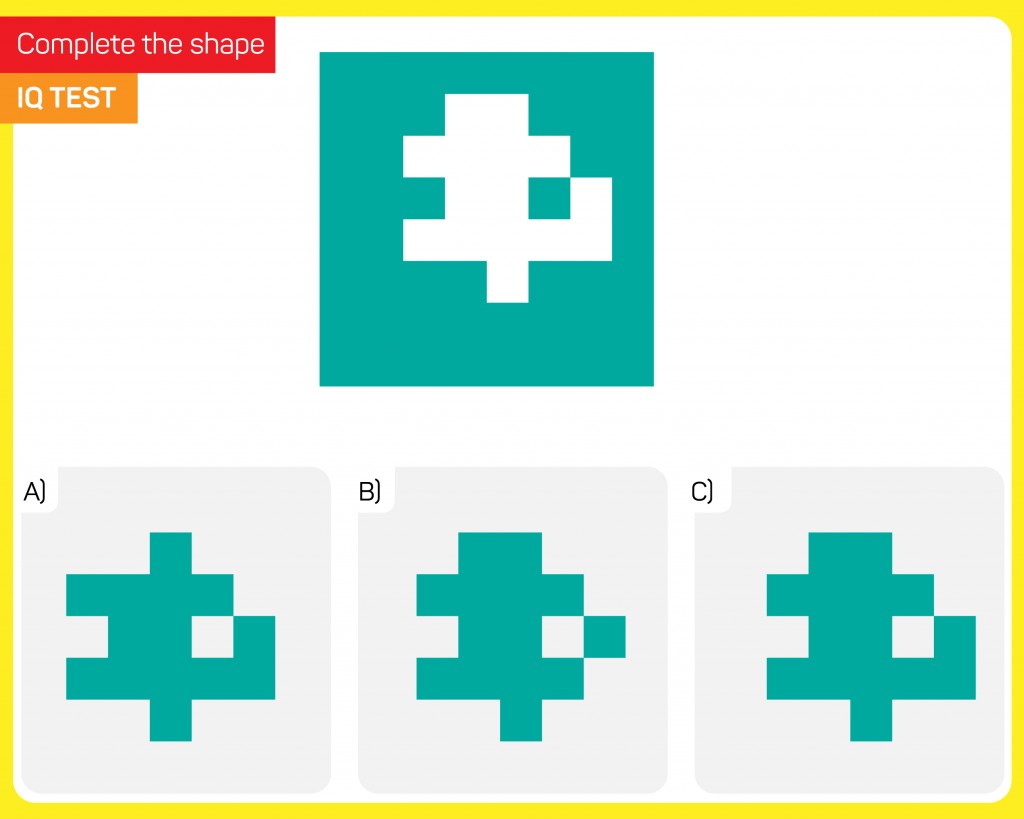
- 3D exercise to figure out the missing piece
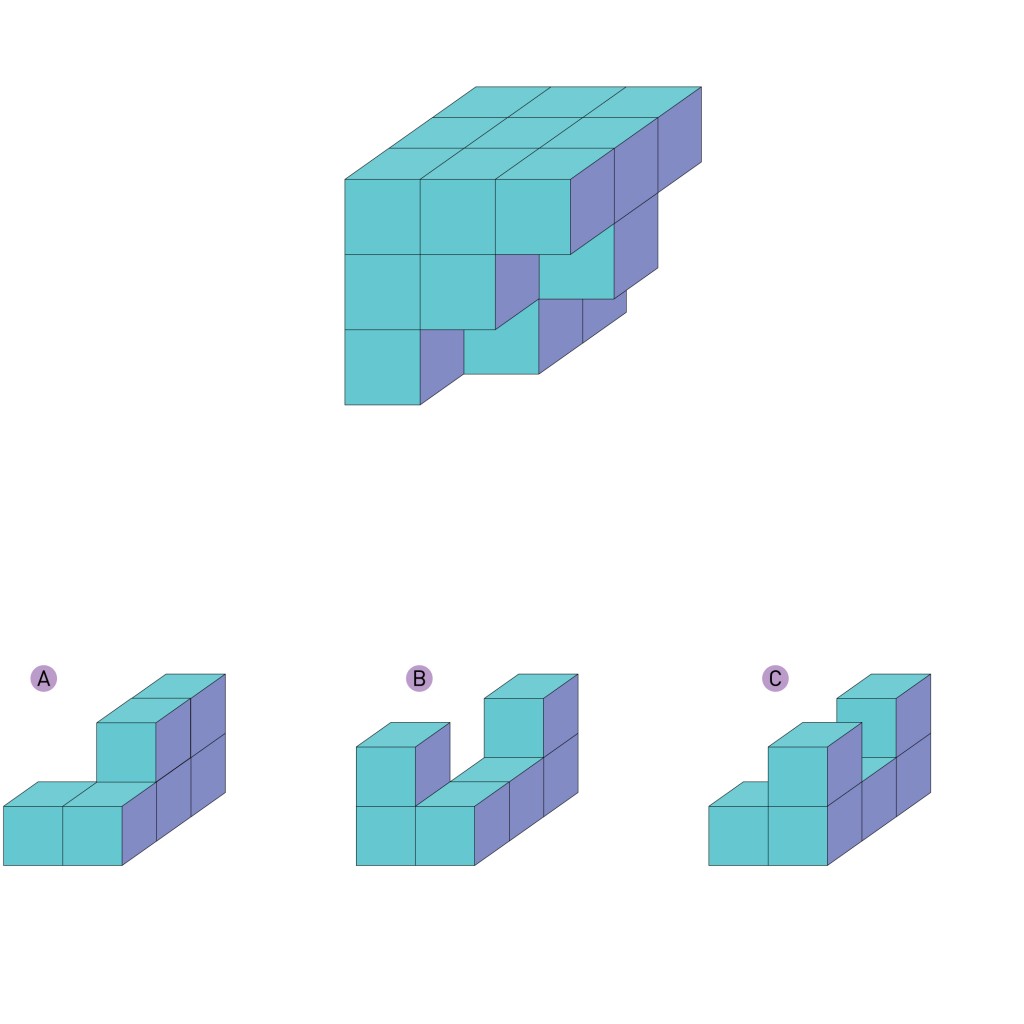
- Imagining how a 3D cube would look if the faces were unfolded.
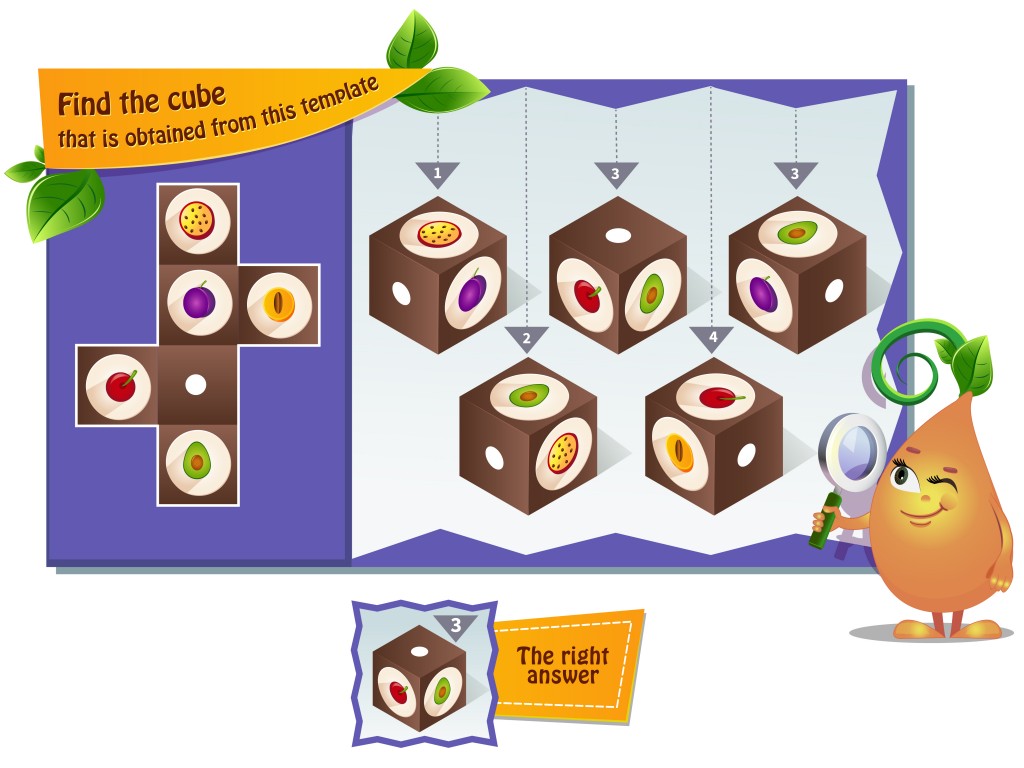
- Figuring out the 2D elevation of a 3D object
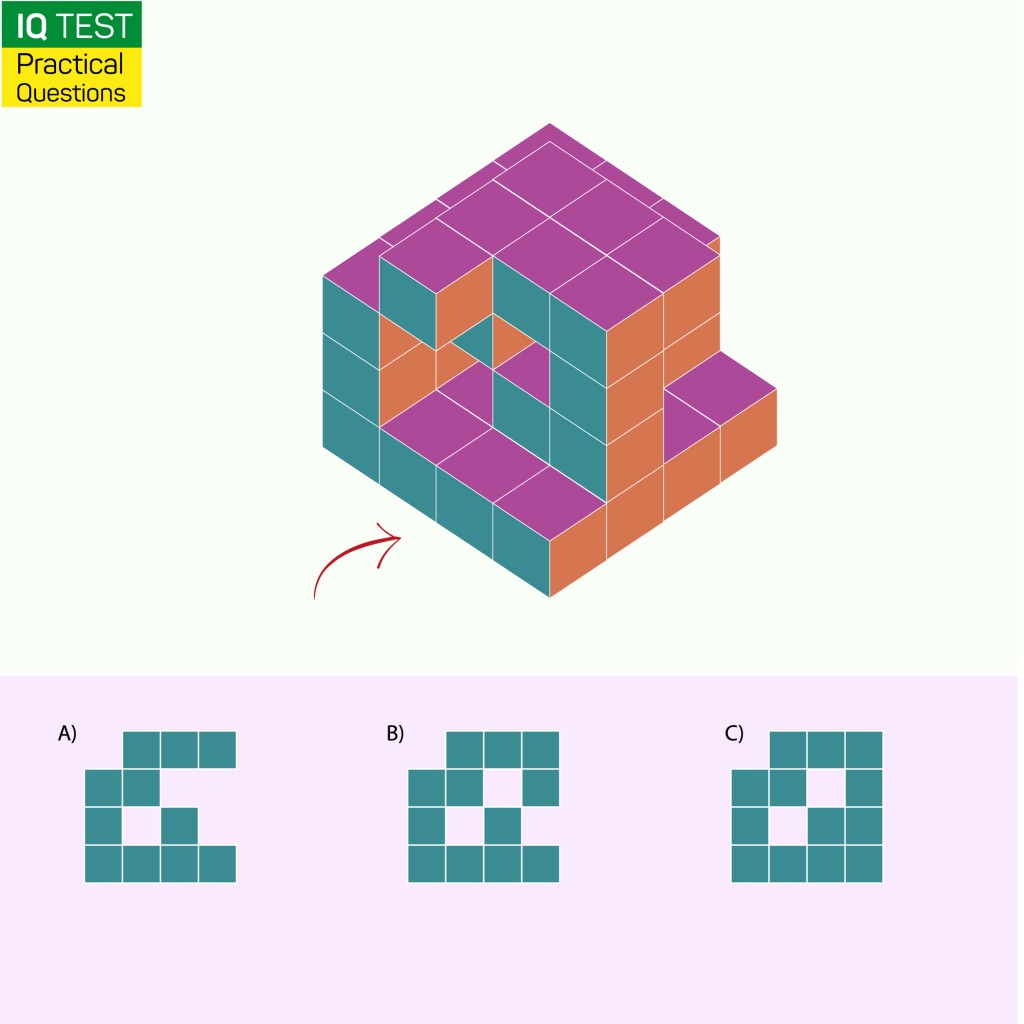
There are many more exercises you can do to hone your spatial skills. You can visit some of the websites below to test and level up your abilities.
- https://www.123test.com/spatial-reasoning-test/
- https://www.aptitude-test.com/spatial-ability.html
- https://www.psychologytoday.com/us/tests/iq/visual-spatial-intelligence-test
Neurophysiology Of Spatial Intelligence
The inner workings of the brain give insights as to how spatial intelligence is formed. The research regarding where spatial intelligence arises in the brain is very well documented, and this documentation comes from three main lines of study. First is through the people who have injured their brain or have had a stroke or trauma. The second source is through testing spatial performance in people who have unilateral (injury in one hemisphere) brain damage. Lastly, it is done through testing the spatial performance in normal individuals.
The results show that over the course of our evolution, as the left hemisphere has been selected as the predominant site for linguistic processing, the right hemisphere is the site most crucial for visual-spatial processing. This is further seen in the posterior portion of the right hemisphere. The right posterior region is the dominant area for recognizing objects and faces, noticing fine details, finding one’s way around a space and many other functions.
It is far more likely that these functions would be impaired when there is damage to the right posterior region. In cases of damage to the right hemisphere (in a unilateral brain injury), the person will often neglect the left space around them. The performance of tasks that require monitoring both sides of a given space becomes a problem for the people suffering from this condition.
Research done with blind patients also shows that spatial intelligence is not all about our visual ability. Their sense of space comes from a more tactile experience, and they show spatial intelligence skills in remembering pathways and navigating through a site, despite not being able to see!
Also Read: Are We All Either Right-Brained Or Left-Brained?
How well do you understand the article above!

References (click to expand)
- Gardner H. (2011). Frames of Mind: The Theory of Multiple Intelligences. Basic Books
- What is spatial ability? - cty.jhu.edu
- Hegarty, M. (2010). Components of Spatial Intelligence. The Psychology of Learning and Motivation. Elsevier.
- Newcombe, N. S., & Frick, A. (2010, August 5). Early Education for Spatial Intelligence: Why, What, and How. Mind, Brain, and Education. Wiley.
